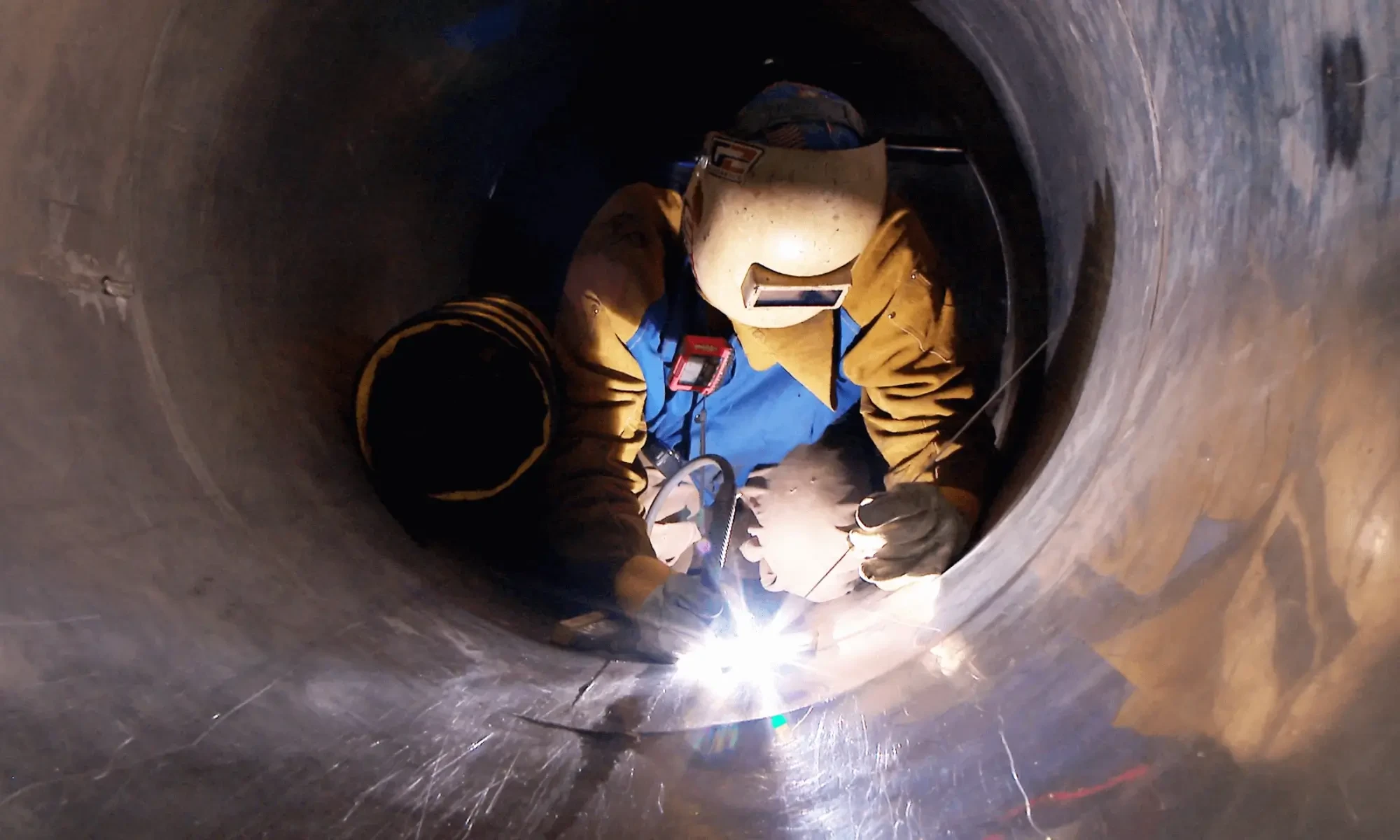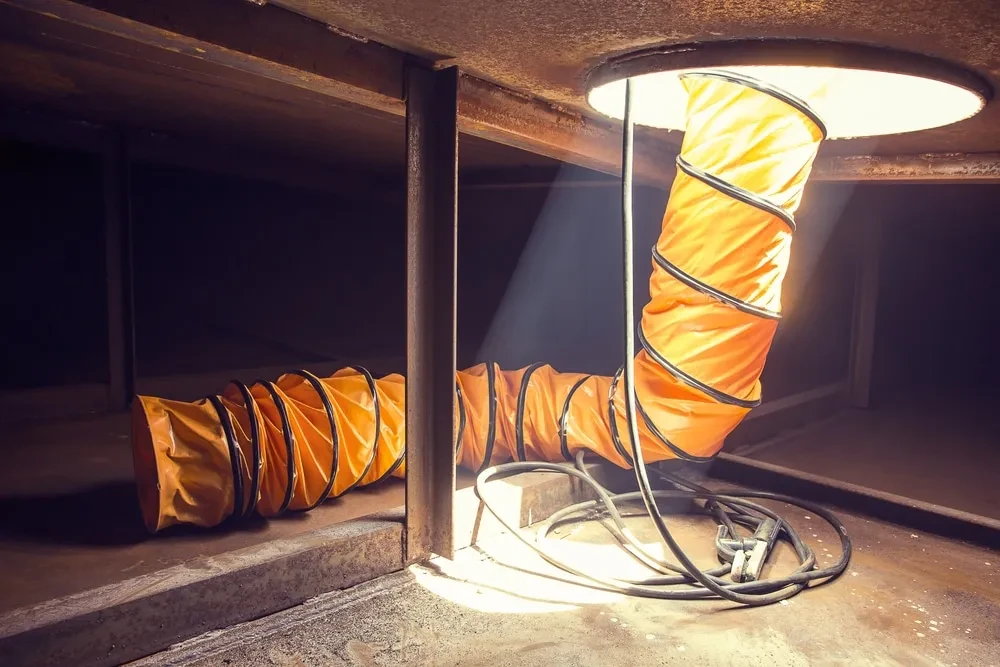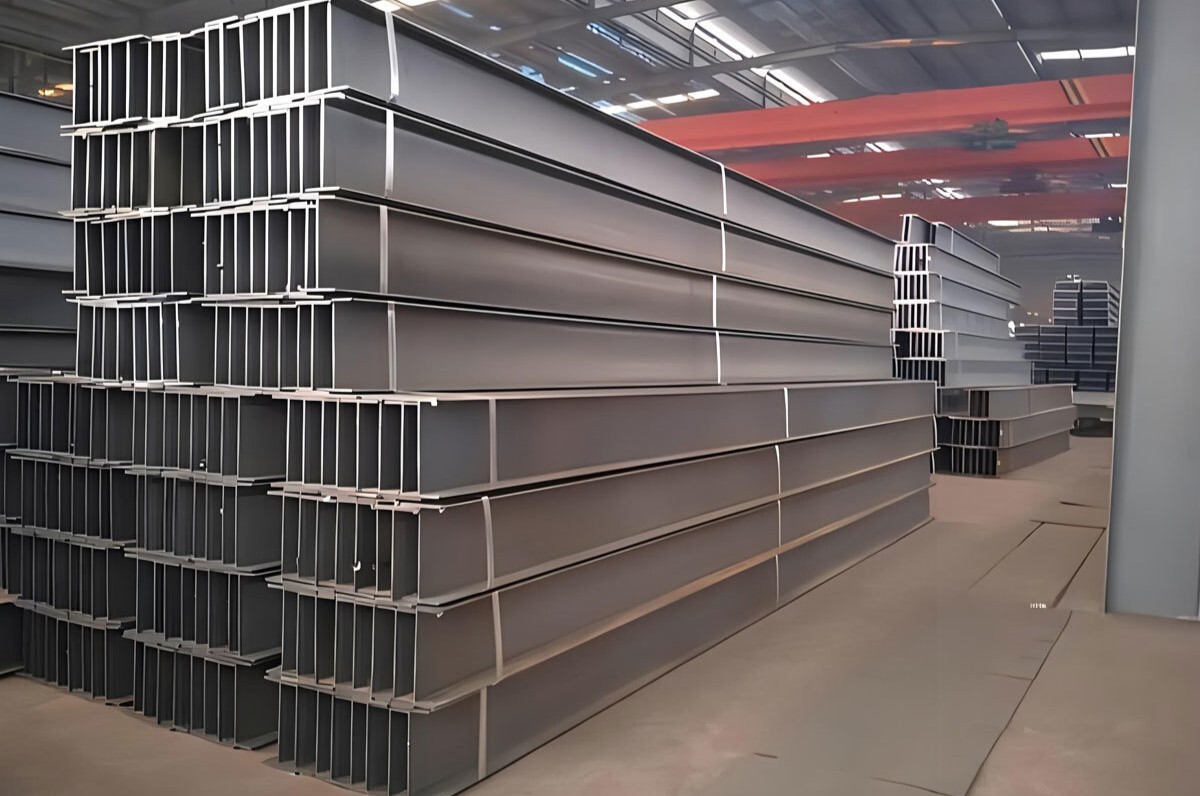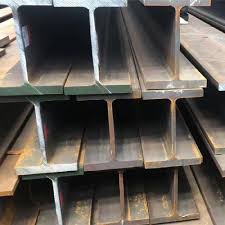Welding Safety: Prioritizing Ventilation in Confined Spaces (WeldSafe Essentials 1)
Welding is an essential skill in various industries, from construction to manufacturing, but it comes with inherent risks that demand careful attention. One of the most critical aspects of welding safety is ensuring proper air circulation, especially when working in tight or enclosed areas. In this first installment of our welding safety blog series, we'll dive into the dangers of poor ventilation in confined spaces and provide practical tips to keep you safe. Whether you're a seasoned welder or just starting out, understanding these hazards can prevent serious health issues like carbon monoxide (CO) poisoning and oxygen deprivation.
Understanding the Risks in Confined Spaces
Confined spaces—such as tanks, boilers, pipelines, or small rooms with limited airflow—pose unique challenges during welding operations. These environments can quickly become hazardous due to the buildup of harmful gases and fumes produced by the welding process. Welding arcs generate intense heat and release gases like carbon monoxide, ozone, and nitrogen oxides, which can displace oxygen or become toxic in high concentrations.
A primary concern is carbon monoxide poisoning. CO is a colorless, odorless gas that's heavier than air, meaning it tends to settle at the bottom of enclosed areas. In poorly ventilated spaces, CO levels can rise rapidly, leading to symptoms such as headaches, dizziness, nausea, and in severe cases, unconsciousness or death. According to occupational safety standards, even short-term exposure to elevated CO levels can impair judgment and reaction times, increasing the risk of accidents.
Equally dangerous is oxygen deficiency or asphyxiation. Welding consumes oxygen and can introduce inert gases (like argon in TIG welding), reducing the oxygen content in the air below safe levels (typically below 19.5%). This can cause rapid breathing, confusion, and loss of consciousness without warning. In narrow workspaces where air doesn't circulate freely, these risks are amplified because fresh air can't easily replace the contaminated atmosphere.
Real-world incidents highlight the severity: Welders have suffered fatalities in shipyards or storage tanks due to overlooked ventilation issues. It's not just about the immediate job—chronic exposure to welding fumes can lead to long-term respiratory problems, making prevention a non-negotiable priority.

Key Safety Measures for Ventilation
To mitigate these dangers, proactive steps must be taken before, during, and after welding in confined spaces. Here's how to ensure safe air quality:
1. Assess and Improve Air Circulation
Before starting any work, evaluate the workspace for ventilation potential. If natural airflow is insufficient, implement mechanical ventilation systems. Use exhaust fans or blowers to draw out fumes and introduce fresh air. Position intake vents high and exhaust vents low to account for CO's tendency to pool at the bottom.
- Tip: Aim for a ventilation rate that replaces the air in the space at least 4-6 times per hour, depending on the welding type and space size. Local exhaust ventilation (LEV) systems, like fume extractors attached directly to the welding torch, are highly effective for capturing fumes at the source.

2. Use Approved Exhaust Equipment
Always employ equipment specifically designed for welding environments. Portable fume extractors with HEPA filters or dilution ventilation systems can significantly reduce airborne contaminants. Ensure these devices are rated for hazardous locations and regularly maintained to prevent malfunctions.
- Regulatory Note: In many regions, including the US under OSHA guidelines, confined space entry requires permits and specific ventilation protocols. Familiarize yourself with local regulations to avoid compliance issues.
3. Equip with Respiratory Protection
Even with good ventilation, personal protective equipment (PPE) is essential as a last line of defense. Use respirators approved for welding fumes, such as NIOSH-certified half-face or full-face masks with appropriate filters (e.g., P100 for particulates or combination cartridges for gases).
- Best Practice: For extremely confined areas, supplied-air respirators or self-contained breathing apparatus (SCBA) may be necessary. Train on proper fit-testing and usage to ensure effectiveness— a poorly fitted mask is as good as none.
4. Monitor the Environment
Don't rely on guesswork. Use gas detectors to continuously monitor CO and oxygen levels. Set alarms for thresholds like 25 ppm for CO (OSHA permissible exposure limit) and maintain oxygen between 19.5% and 23.5%. Stop work immediately if levels become unsafe and evacuate the area.

Additional Best Practices for Safe Welding
- Pre-Job Planning: Conduct a hazard assessment and develop a confined space entry plan. Involve a spotter outside the space for emergency response.
- Training and Awareness: Regular safety training keeps everyone informed about symptoms of exposure and emergency procedures.
- Post-Work Ventilation: Continue ventilating the area after welding to clear residual fumes before re-entry.
- Health Monitoring: Encourage welders to report any symptoms promptly and schedule regular medical check-ups.
By incorporating these measures, you not only comply with safety standards but also foster a culture of responsibility on the job site.
Conclusion: Safety First, Always
Welding in confined spaces doesn't have to be a gamble with your health. By prioritizing ventilation, using the right equipment, and staying vigilant, you can significantly reduce the risks of CO poisoning and asphyxiation. Remember, a few extra minutes spent on safety can save lives. Stay tuned for our next post in this series, where we'll cover electrical hazards in welding. If you have questions or experiences to share, drop a comment below—we'd love to hear from you!
For more welding tips and safety resources, check out our full blog archive. Safe welding!



